Rising Construction Activities
The Tile Grout Market is experiencing a notable surge due to increasing construction activities across various sectors. As urbanization accelerates, the demand for residential and commercial buildings rises, leading to a higher requirement for tile installations. According to recent data, the construction sector is projected to grow at a compound annual growth rate of approximately 5.5% over the next few years. This growth directly influences the tile grout market, as grout is essential for ensuring the durability and aesthetic appeal of tiled surfaces. Furthermore, the expansion of infrastructure projects, including roads and public facilities, further propels the demand for tile grout, indicating a robust market outlook for the industry.
Increased Awareness of Aesthetic Value
The Tile Grout Market is also driven by a heightened awareness of aesthetic value among consumers. As design trends evolve, homeowners and designers are increasingly recognizing the importance of grout color and texture in enhancing the overall appearance of tiled surfaces. This trend is supported by Market Research Future indicating that decorative grout options are gaining traction, with a projected growth rate of 6% in this segment. Consumers are now more inclined to choose grout that complements their tile choices, leading to a diversification of product offerings in the market. This shift towards aesthetic considerations is likely to influence purchasing decisions, thereby driving growth in the tile grout market.
Growing Renovation and Remodeling Trends
The Tile Grout Market is significantly impacted by the growing trends in renovation and remodeling. Homeowners are increasingly investing in upgrading their living spaces, which often involves replacing or installing new tiles. This trend is supported by data indicating that the home improvement market is expected to reach a valuation of over 400 billion in the coming years. As a result, the demand for high-quality tile grout is likely to increase, as consumers seek durable and aesthetically pleasing options to complement their renovations. Additionally, the rise in DIY projects has further stimulated the market, as individuals look for user-friendly grout solutions that enhance their home environments.
Expansion of Retail and E-commerce Channels
The Tile Grout Market is benefiting from the expansion of retail and e-commerce channels, which facilitate easier access to grout products for consumers and contractors. The rise of online shopping platforms has transformed the way consumers purchase building materials, allowing for greater convenience and a wider selection of products. Recent data indicates that e-commerce sales in the home improvement sector are expected to grow by 20% annually, reflecting a shift in consumer behavior. This trend not only increases market reach for manufacturers but also enhances competition, as consumers can easily compare products and prices. Consequently, the expansion of these channels is likely to contribute positively to the growth of the tile grout market.
Technological Innovations in Grout Products
The Tile Grout Market is witnessing advancements in technology that enhance the performance and application of grout products. Innovations such as rapid-setting grouts and eco-friendly formulations are becoming increasingly popular among consumers and contractors alike. These technological improvements not only improve the efficiency of tile installations but also address environmental concerns, aligning with the growing demand for sustainable building materials. Market data suggests that the segment of eco-friendly grout products is expected to grow at a rate of 7% annually, reflecting a shift towards more responsible consumption. Such innovations are likely to reshape the competitive landscape of the tile grout market, offering new opportunities for manufacturers.
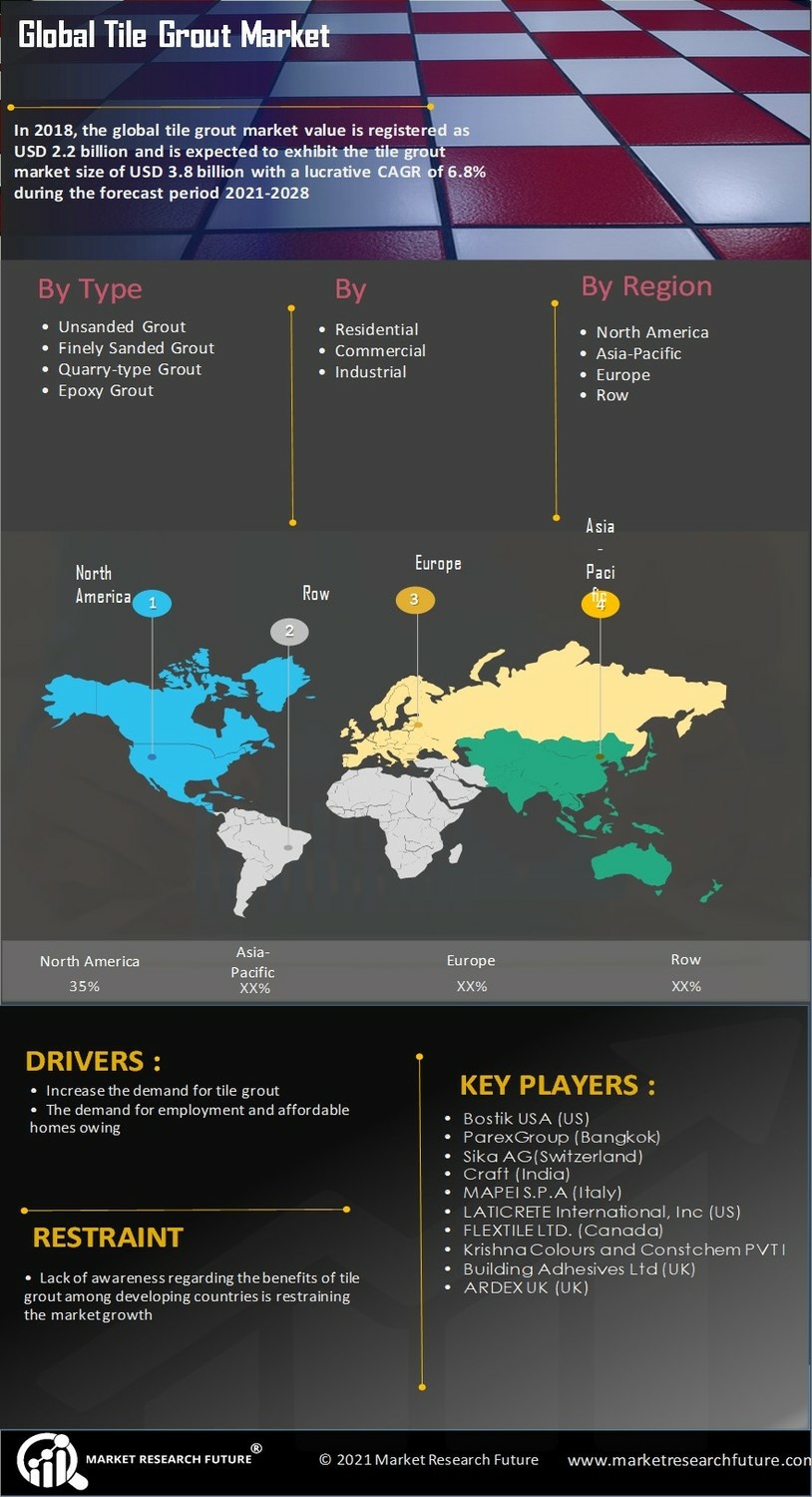

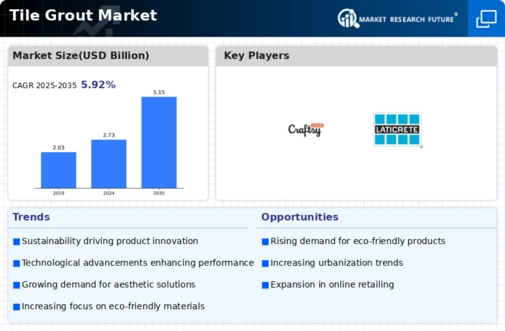
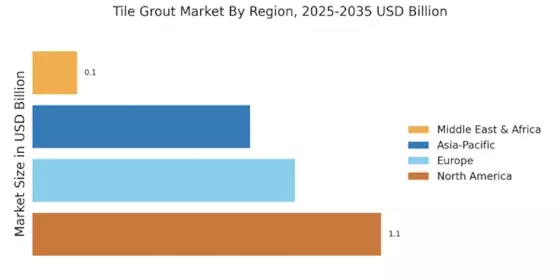
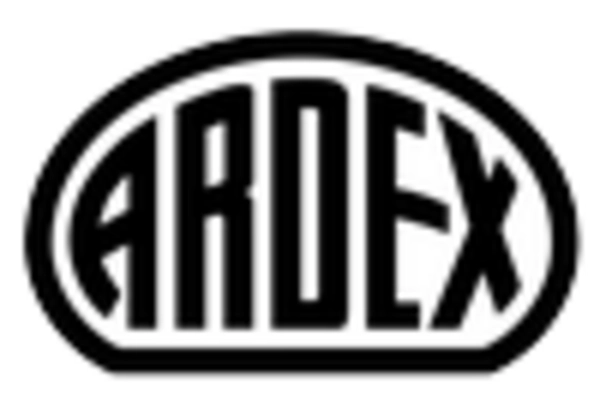
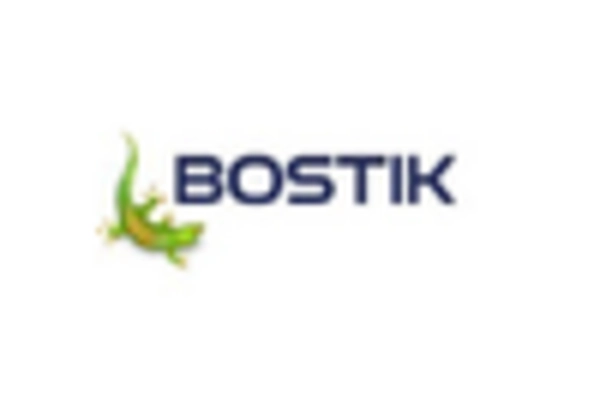
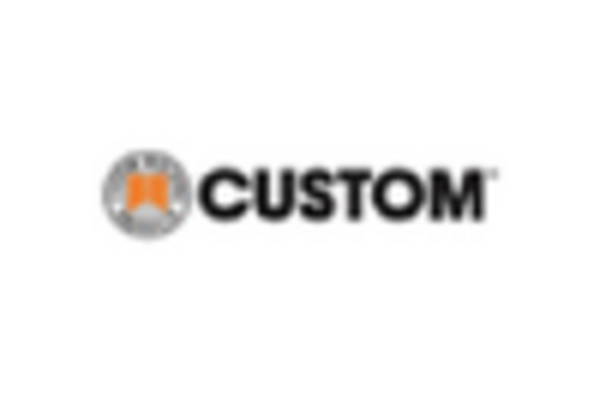
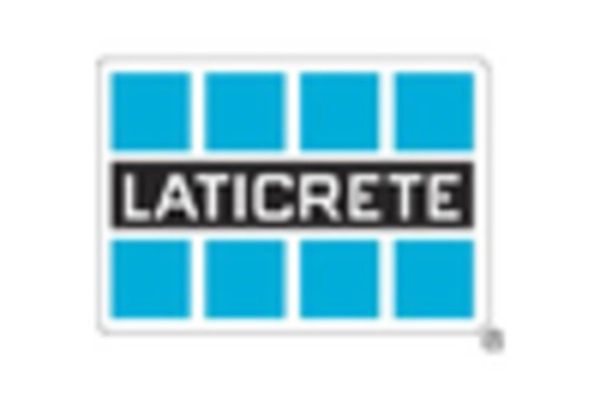
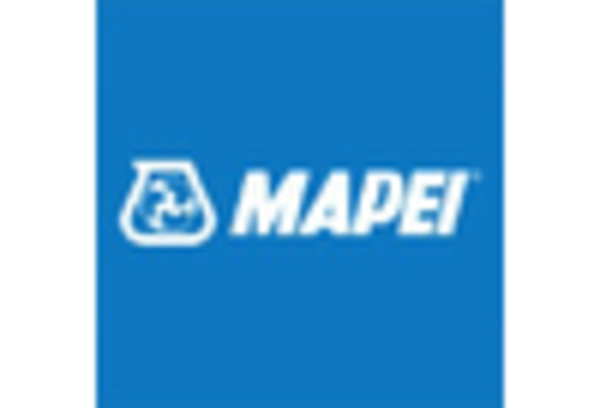
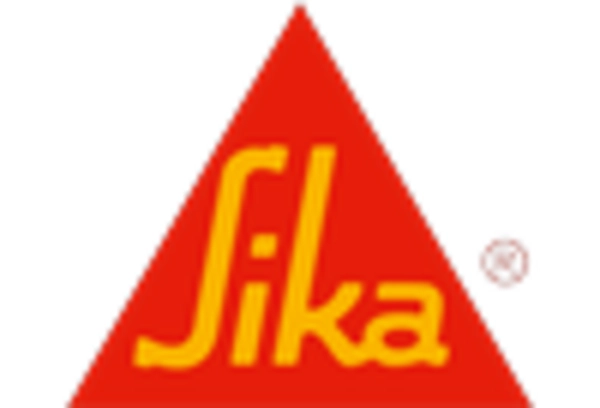








Leave a Comment